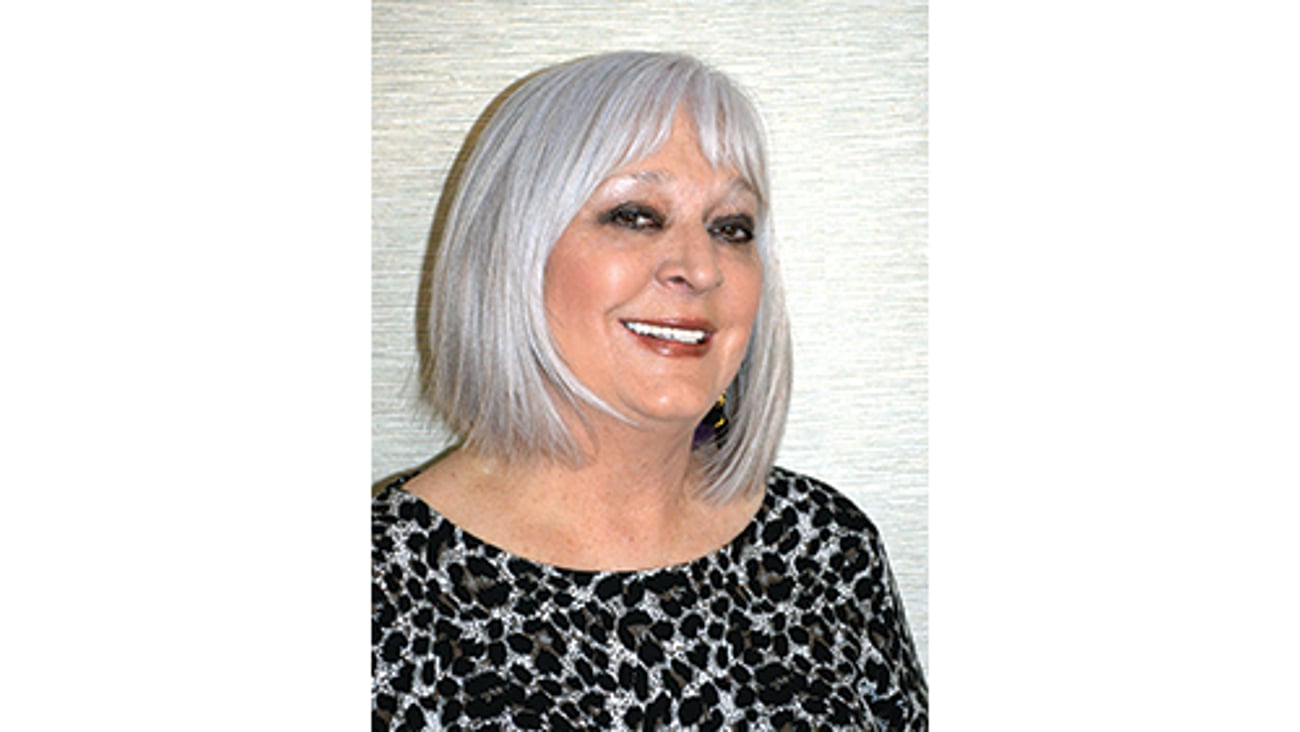Putting a premium on customer loyalty
This year is shaping up to be an uncertain time, and consumer behaviors will change one way or the other. While consumer confidence has proven to be quite resilient amid a slew of bad economic news, the latest data demonstrates that consumer spending—the engine of the U.S. economy—is weakening.
That should be a flashing red light for almost every retailer in the U.S., especially drug store chains because the financial pinch created by their prescription drugs is among consumers’ biggest worries. While the public has seemingly become accustomed to skyrocketing drug prices, approximately 80% view them as unreasonable. And, even though most consumers are pretty savvy and don’t usually blame their pharmacy (first), the fact is that more people are seeking out discounts online, are turning to other forms of assistance or are looking at new models that cut out a retail pharmacy entirely.
These trends present both an opportunity and a challenge for drug store leaders, and what they do over the next year or two may very well define their revenue trajectories for the next decade. This is the time to double down on implementing technologies and strategies that build customer loyalty.
While the ways different consumer segments change spending habits vary during downturns, researchers who looked at the 2008 recession noted that pretty much everyone altered their behavior in some way by prioritizing their purchases and assessing options.
When consumers are forced to do that, it means they are likely experimenting with new stores or are going to a higher number of stores to get specific deals on specific products. Herein lies both the opportunity and the challenge. You’re either defending your customer base or have an opportunity to peel off market share from a competitor.
For drug stores, this phenomenon can be even more acute because they have a good that is, for the most part, considered a necessity and is generally accepted to be expensive. With more than 60% of the U.S. having at least one prescription, a majority of American consumers must make a decision on which pharmacy they use and will increasingly scrutinize the brands they frequent while their wallets are thinner. It’s not like some store categories where a customer may shop less frequently or suspend their activity for a period, but are eager to return to their preferred brand when things lighten.
The modern pharmacy experience is defined by digital transformation. For the past decade, industry leaders were already aggressively spending on digital tools, marketplaces and access points that both improve the consumer experience and help the pharmacy staff better serve customers. However, with the economy facing its toughest test in nearly 15 years, not only will their investments be put to their own test, but the smartest ones will see this period as the time to experiment with even more programs.
That’s especially true for digital experiences and tools: It proves to customers that drug store leaders understand economic realities and empower consumers with more information, choice and marketplace pricing power. If they don’t lean into a more comprehensive digital strategy, it could spell major financial trouble. The drug store industry faces emerging competition from tech-savvy giants that not only understand what consumers want but have the resources to undercut on prices. Coupling that with how fed up consumers are over costs, you see a trend that threatens everyone from independent drug stores to the biggest national chains.
Consumers want the pharmacy experience to be similar to what they get in other industries. Drug stores must show customers they are allies in the fight against high costs—by empowering team members to help them save.
No matter what innovations and investments pharmacy leaders make to improve customer loyalty, it’s the pharmacy’s team members that will always be the best asset. That’s why prioritizing customer loyalty requires drug store leaders to heavily engage their teams. The success of almost every digital tool or new strategy implementation is tied to how well they understand them.
Mark Thierer is CEO and co-founder of Waltz Health




